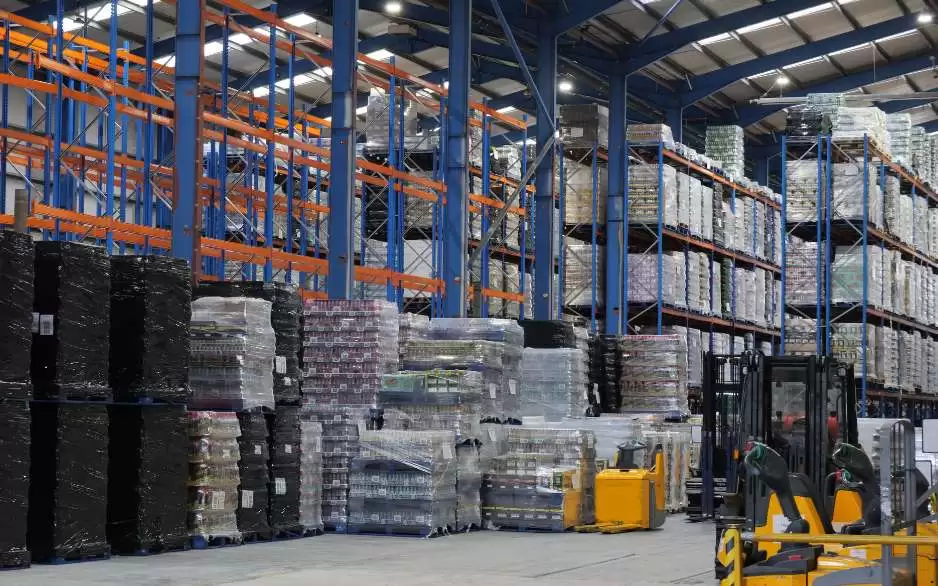We spoke to a Global Brands representative about their experience in attaining an exemplar £100,000 grant for various investments. Here's what they had to say:

You applied for Low Carbon Challenge Fund grant funding; what investments did you put the money towards?
We had three key areas we wanted to improve using the funding; energy efficient lighting, batteries to store electricity from our solar panels and an on-site HVO (Hydro treated Vegetable Oil) refuelling station to reduce the environmental impact of the company’s distribution centre and owned fleet.
How has your investment benefitted your business, financially or otherwise?
Our distribution facility’s energy consumption is significant, and historically we have relied on mainly conventional energy sources.
Currently, about 30% of our roof space is covered in solar panels and in order to increase the benefit from the solar array, we have implemented battery storage. This system will potentially lead to us using an estimated 40,000 kWh annually of stored electricity that will be generated by the solar panels (or importing 40,000 kWh less from the grid each year). Previously, this electricity was not being used on site and was being exported back to the grid. This significant energy saving works out at an annual carbon saving of approximately 8,000 kg of net CO2.
As 40% of our carbon footprint is accounted for by transportation, a key focus for us was to start transitioning our owned fleet of HGVs to HVO fuel. A vehicle powered by HVO produces 90% fewer emissions than a diesel-powered vehicle, so this is a crucial step in our sustainability strategy towards becoming net zero. The funding has allowed us to install our own HVO tank onsite, and we now run 4 of our 12 owned fleet from this. One tank of 5,000l of HVO produces only 1,257 kg of net CO2, compared to 12,562 kg produced by diesel. This is the equivalent to 10 passengers' return flights from London to New York. Annually, for 4 vehicles, this will save approximately 260,000 kg of net CO2. Once the entire fleet is running on HVO, we expect to see an annual carbon saving of approximately 587,000 kg of net CO2. This is the equivalent to 630 passengers' return flights from London to New York.
We have also switched all the lighting at the facility to LED lighting, which, high demand areas, will reduce electricity usage by approximately 67% when all lights are on.
By incorporating battery storage, energy efficient lighting, and a HVO refuelling station, the distribution centre will be become a model of environmentally responsible logistics, setting an example for not only the industry but other organisations in Clay Cross.
How straightforward was the application for grant funding?
It was very straightforward to fill in the paperwork and get quotes. We had to wait a while between signing-off stages, but that is to be expected when public money is involved.
How long did the approval process take?
We submitted our initial expression of interest in February 2024, then worked with NEDDC’s energy advisors to submit the full application in June 2024, receiving full approval a few days later.
Would you recommend Low Carbon Challenge Fund grant funding to other Clay Cross businesses?
Certainly! It is a great way to invest in sustainability, especially for smaller businesses with limited finances.
Did you find the match funding to be affordable?
Yes, this was a good way for us to fund the work we wanted to complete.
What do you think of the Clay Cross Town Deal as a whole?
Deals such as these are amazing for community-led town centres like Clay Cross and will have a significant impact on the local economy. We hope to see Clay Cross prosper through increased job creation and upskilling opportunities, improved health and fitness through access to better recreational facilities such as Clay Cross Active and revitalising the town centre with improved transport links and pedestrianised areas.
Learn more about the Low Carbon Challenge Fund and how to express your interest.

